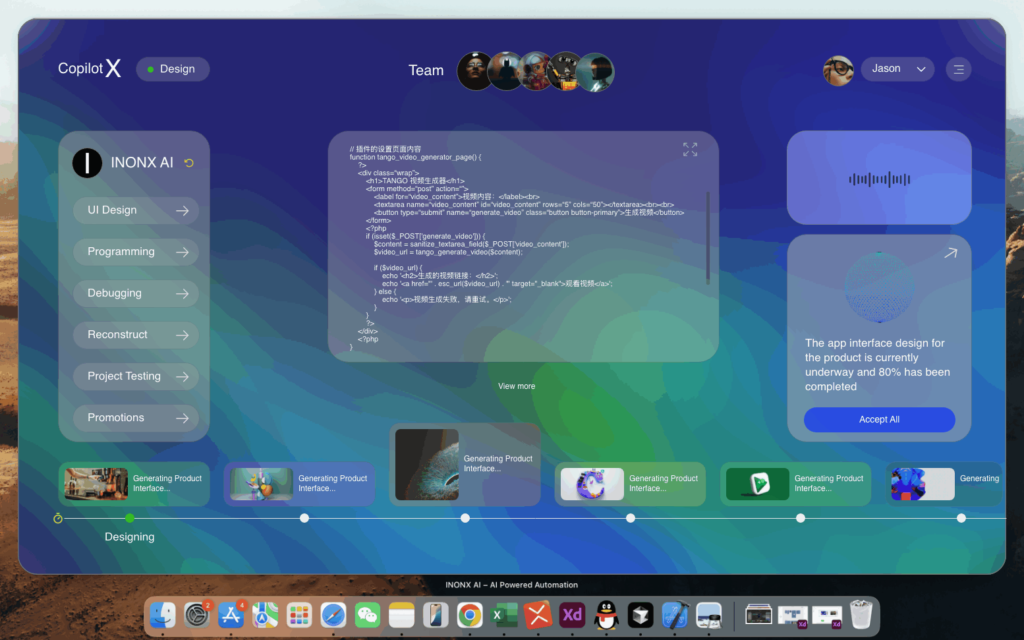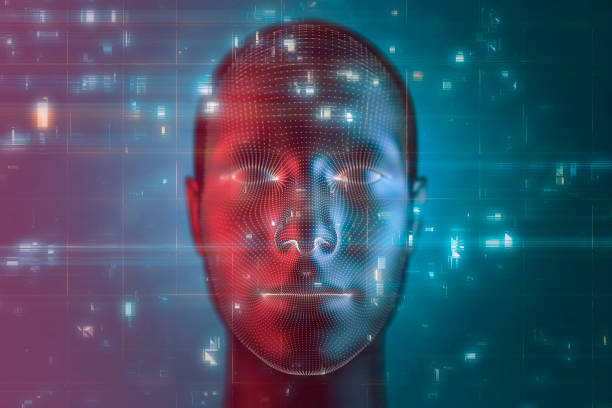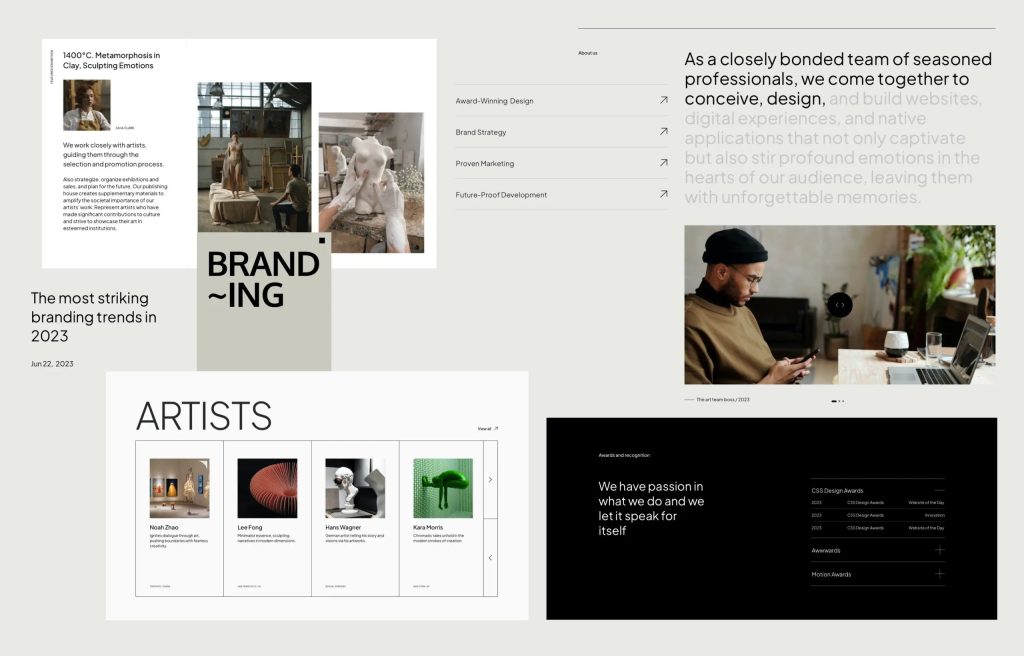The field of Artificial Intelligence (AI) continues to proliferate, heralding advancements that promise to revolutionize industries ranging from manufacturing to telemedicine. With the integration of AI technologies, we are witnessing significant shifts that improve efficiency, safety, and health outcomes. In this article, we explore the latest developments in AI, specifically focusing on its application in manufacturing, telemedicine solutions, and emerging innovations like nanobots.
.
**AI in Manufacturing: Redefining Production Lines**
The landscape of manufacturing has been significantly altered by the introduction of AI technologies. Companies are increasingly leveraging AI algorithms to optimize production processes, enhance supply chain management, and predict maintenance needs for machinery.
According to a recent report from McKinsey & Company, AI could potentially create up to $1.1 trillion in value for the manufacturing industry by 2025 through enhanced productivity and cost reduction. A growing number of manufacturers, such as Siemens and General Electric, are investing heavily in AI systems that enable predictive maintenance by analyzing data from machinery to anticipate failures before they occur. This not only reduces downtime but also minimizes repair costs, proving essential in the highly competitive sector.
.
Moreover, AI is being incorporated into quality control practices. Traditional inspection methods often rely on human eyes, which can be subjective and prone to errors. Companies like Datalogic are utilizing machine learning algorithms to analyze real-time data from cameras and sensors to detect product anomalies with enhanced precision. This capability reduces waste and ensures that only high-quality products reach consumers.
.
Integration of AI in manufacturing also extends to supply chain optimization. As businesses face increasing pressure to meet customer demands swiftly, AI solutions enhance visibility throughout the supply chain. For instance, logistics and transportation companies are utilizing AI-driven analytics to enhance route optimization, improve inventory management, and predict demand fluctuations. As the industry continues to evolve, AI’s role in improving operational efficiency will only expand further.
.
**AI for Telemedicine Solutions: Bridging Gaps in Healthcare**
AI’s transformative power has also infiltrated the healthcare sector, especially in telemedicine, where it plays a crucial role in enhancing patient care and accessibility. A remarkable development in this area is the rise of AI-driven telehealth platforms, which are providing patients with immediate access to healthcare professionals through virtual consultations.
In response to the COVID-19 pandemic, the adoption of telemedicine skyrocketed. A recent study published in the journal *Health Affairs* reported that telemedicine visits surged by over 50% in early 2023 compared to pre-pandemic levels. Significant players in the telehealth market, such as Teladoc Health and Amwell, are integrating AI solutions to streamline patient triage, diagnosis, and treatment recommendations.
.
AI-powered chatbots are increasingly deployed in telemedicine to provide patients with personalized responses to health inquiries. These chatbots utilize natural language processing (NLP) to understand patient queries and deliver accurate information regarding symptoms or potential conditions. Moreover, AI models trained on vast datasets can suggest preliminary diagnoses and direct patients to the appropriate healthcare providers, optimizing the patient journey.
Additionally, AI is reshaping telemedicine by enhancing remote monitoring of patients with chronic diseases. Wearable devices equipped with AI technology can track vital signs and analyze data patterns, allowing healthcare providers to intervene proactively when problems are detected. Reports have shown that patients with chronic conditions who received AI-supported remote monitoring experienced a 30% reduction in hospital readmissions.
.
The ethical implications surrounding AI in telemedicine cannot be overstated. While the technology holds great promise, there are concerns regarding data privacy, consent, and algorithmic bias. Regulatory bodies and healthcare organizations are increasingly focusing on creating standards to ensure the responsible use of AI, safeguarding patient interactions, and promoting fairness in healthcare access.
.
**Nanobots: The Future of AI-Driven Healthcare Innovations**
As we delve further into the integration of AI and nanotechnology, another innovative area that is garnering attention is the development of nanobots. These tiny robots, measuring just a few nanometers, are designed to perform tasks at the molecular level, offering great potential in medicine and diagnostics.
Recent studies indicate that AI-enhanced nanobots could transform how we approach targeted drug delivery. Researchers at the University of California have developed AI algorithms to control nanobots that can navigate the human body. This allows them to target cancer cells while leaving healthy cells unharmed, a crucial factor in the fight against cancer.
.
The leading-edge use of AI in nanobots also extends to regenerative medicine. Researchers at MIT have unveiled nanobots equipped with AI capabilities designed to deliver stem cells precisely where they are needed for tissue regeneration. This breakthrough could revolutionize treatment options for conditions such as spinal cord injuries or heart disease, drastically altering recovery protocols.
.
Moreover, AI-driven nanobots could enhance diagnostic tools. Scientists are exploring ways to create nanoscale devices that utilize AI for rapid analysis of bodily fluids, leading to quick and accurate diagnoses. For instance, researchers at Stanford University have been working on developing nanobots that can detect specific biomarkers associated with diseases. The ability to provide on-the-spot analysis through AI-enhanced nanobots opens the door to preventive healthcare measures that are timely and effective.
.
However, the development of nanobots also poses ethical and regulatory challenges. Concerns about safety, long-term effects in the human body, and environmental impact are paramount. Researchers are actively addressing these issues, emphasizing the need for comprehensive regulatory frameworks to govern the use of nanotechnology in medicine.
.
**Conclusion: An AI-Driven Future Awaits**
As we venture further into the age of Artificial Intelligence, the implications for various industries are profound. From manufacturing processes optimized through predictive analytics to telemedicine solutions improving healthcare accessibility, and the exciting advancements in nanobots revolutionizing medical treatments, AI’s potential seems boundless.
As we embrace these innovations, stakeholders in technology, industry, and healthcare must collaboratively address the ethical and regulatory challenges that arise. By doing so, we can ensure that AI continues to enhance human experiences and the quality of life while navigating its complexities responsibly.
With these advancements, the future holds promising possibilities where AI can empower industries and individuals alike, making the world more interconnected, efficient, and healthier. The journey has only begun, and the next chapter of AI development promises to be exciting and groundbreaking.
**Sources:**
1. McKinsey & Company – “The Future of AI in Manufacturing”
2. Health Affairs – “Impact of Telemedicine on Healthcare Delivery”
3. Teladoc Health & Amwell Reports on AI in Telemedicine
4. University of California Research on AI Nanobots
5. MIT Development of AI-Controlled Nanobots in Medicine
6. Stanford University Research on Diagnostic Innovations through Nanobots























